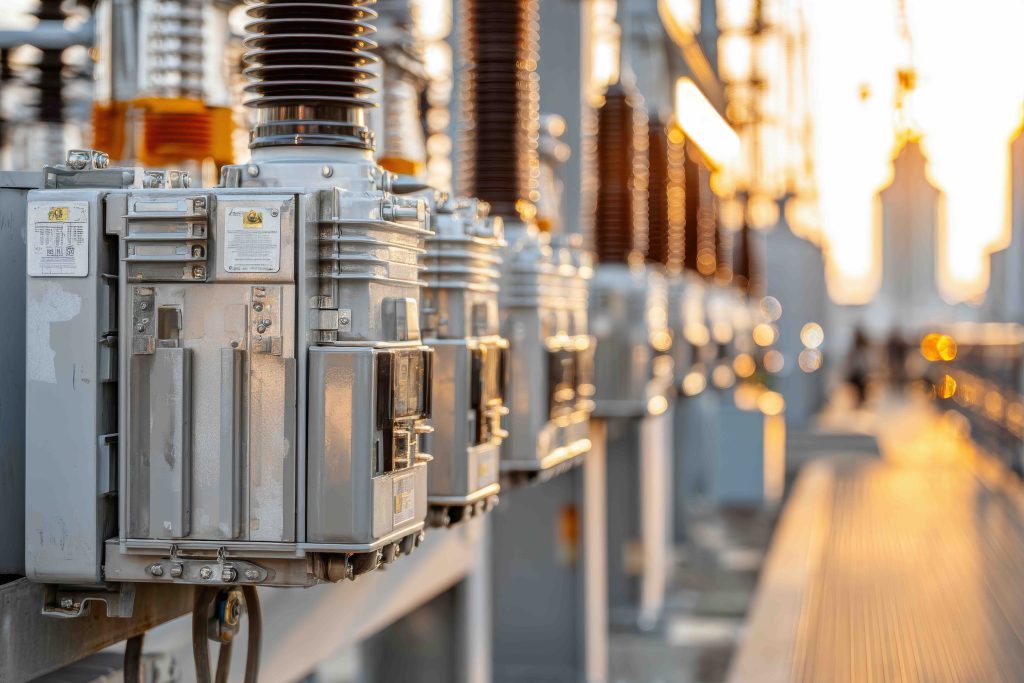Silicon Valley Power’s (SVP) $448 million in planned maintenance and expansion projects could now cost $502 million, as a result of President Donald Trump’s tariffs, according to an SVP fact sheet. Projects that will be affected include the Northern, Scott and Kifer receiving stations, and the new 115 kilovolt (kV) transmission line.
It’s a mistake to think that all of this work is to support data center development in Santa Clara, says SVP director Niko Procos.
“The projects that we’re working on increase our capacity, and a lot of that is driven by new customers, i.e. data centers,” said Procos.
“But they also serve a dual purpose: increasing capacity and replacing aging infrastructure. A lot of that aging infrastructure has been in place for many, many years — between 30 to 50 years — and a lot of it is reaching the end of its useful life. This is not unique to us. All kinds of electric utilities are running into this.”
Many of the components and materials needed for this work aren’t manufactured in the U.S. This equipment takes years to manufacture and is in high demand across many sectors, explained Procos. When the city released RFPs (requests for proposals), five foreign manufacturers submitted bids, but no U.S. company did.
Transformers and switchgear mostly come from China and Mexico. Steel imports come to the U.S. from around the world, including Japan, Canada, Mexico, Brazil and the EU.
China is the largest producer of fine earth minerals, and Canada has some of the world’s largest reserves of these elements, which are critical to our electronic devices as well as electrical power system components. Top producers of equipment like solar panels, mounting racks and batteries include Vietnam, Cambodia and Thailand.
Tariffs will also increase competition and prices for what is manufactured in the U.S., such as conductors and cables, as well.
Of course, people want to know if the tariffs will increase electric bills.
“It’s difficult to kind of translate that into a bill impact,” said Procos. “We have reserves and we have ways to mitigate unforeseen events —storms, spikes in energy prices. We have a variety of tools to help mitigate rate impacts to customers. But at some point that’s a cost.”
Although this equipment has been ordered, new tariffs will increase material costs because tariffs are paid upon delivery, not when the order is placed.
“We are preparing for that,” said Procos, “and having discussions with our vendors. But it’s difficult to formalize plans, since the tariff percentages seem to be changing frequently. The city isn’t only talking to the vendors. We’re also talking to folks in DC and partnering with the data centers.”
Carolyn Schuk can be reached at carolyn@santaclaraweekly.com.
Related Posts:
City Approves SVP Upgrades, Eminent Domain On Another Property
Santa Clara Enacts Eminent Domain For SVP Expansion, Approves Massive Station Rebuilds
Silicon Valley Power Plans Big Strides to Accommodate Growth this Year
